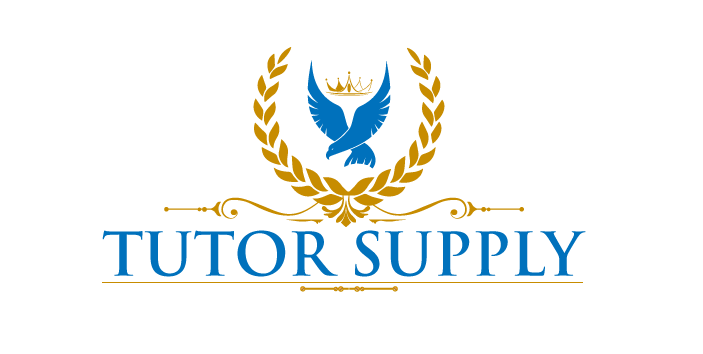Best teaching method-a myth?
There is a rich bed of theories in relation to the ‘best method’ and the academic debate continues to be a heated discussion led by academics, professionals, political parties and key stakeholders. According to Prabhu (1990) the reasoning behind the fact that there is no best method lies in three constituents in that there are different methods for adequate contexts, all methods consist of feasible features but not necessarily always adaptable and the misconception of the term. So, for Prabhu, the term method consists of the tasks that are carried out and the theory of ‘how to’ in class which is the definition I would like to adhere to, however, for the purposes of the text I will focus on a sample of methodologies such as those mentioned by Richards and Rodgers (2001) in which in certain respects link to such as those mentioned by Ellis (1997).
In the Grammar Translation Method( Richards and Rodgers, 2001 ) lessons are taught by paying focus on grammar and structure than meaning. According to Harmer (2007) its features include the focus on sentences not on the spoken form, mistakes are not permissible and vocabulary is chosen depending on the context whilst translation serves as practicing the language learnt. These were perceived as the prerequisite of passing written exams. Some of these foci resemble my own learning of English as a foreign language where grammar was taught by ‘parrot fashion; which relates to the view that ‘speaking the foreign language was not the goal-instead emphasis on grammatical rules were learnt.
In a lot of schools, grammar is treated as a starter activity and writing skills are emphasised to produce satisfying assessment results. Unfortunately, the lack of consistency in the teaching methods hinders the extended focus of grammar. Accuracy in written and spoken texts is essential whereas mistakes are seen as a skill that turn into a target to be achieved. However, focusing on the grammar and reading and writing skills before an acquired basic level of language can be perceived as leaving oral skills at the bottom of teaching hierarchy. The direct Method which according to Richards and Rodgers had marked the beginning of the ‘methods era’’, held beliefs that it should be taught in the same way as the native language which is how English is taught in L2 learners in a lot of UK schools. Oral skills are important for many reasons whilst accurate pronunciation is required though not criticised since one of the criteria for L2 in the oral exams is the consistent use of Standard English. Within the English department the teacher models and explains what is to be taught while learners practice it afterwards. The teaching of grammar is important as much as the attention towards the progress of the learners’ speaking and listening skills.
Limitations regarding this method involve the notion that L2 acquisition is not processed the same way as native language yet in a mainstream environment the learners whose L1 is different to English are being taught the target language asit is taught in L1 learning. As Sweet argued, that method ensured the acquisitionof the L2 disregarded the ‘sound methodological principles; that could potentially serve as effective learning’.
Reinforcement used by Pavlov and Skinner ((Cook, 2001) in terms of operant and classical conditioning has been advocated by teachers and parents too. However, it is argued by Ellis (1997) that behaviorists focus on the input and output and not what really happens inside the ‘black box’ of the learner’s mind. That is a possibility that needs to be considered since so much debate is focused on children who have not got the motivation or aptitude to learn and face many learning difficulties such is the case in a lot of UK schools. If we know and understand the processes that occur in that ‘black box; then maybe we can Pay more attention to i.e. those statemented and use teaching methods to enable them to learn through stimulus and establish a functional learning culture. However, the lack of consistency amongst teachers, of effective monitoring within the school and between staff in schools hinders the consistency of this method.
Admittedly, considering a variety of methods, the model which could be adopted consistently throughout the school whilst attention in behavior is paid would be that of Vygotsky’s cognitive approach. The learner acquires knowledge without assistance though in collaboration with the teacher can develop learning by using the expert’s skills. Using this would involve questioning and feedback, practice, study, instruction and coaching and with the assistance of the expert through reinforcement, modeling of the task, scaffolding and self evaluation,shared knowledge between the teacher and the learner implies development of the cognitive stage. However, such a model would have to be implemented holistically and firmly supported by staff and the school’s leadership through thorough training, peer observation etc. without this support mechanism the model would fail and reinforce the schools current position as a failing institute with no clear learning strategy for successful progression.
